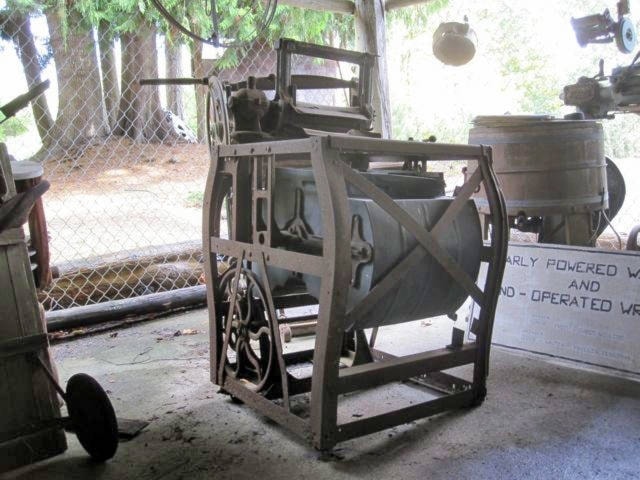The arrival of 2020 has many of us predicting what the future holds, but also remembering past times. How has Sooke changed in a century? Let’s take a look at the 1920s in Sooke through the lens of some artifacts and photographs.
A steam locomotive hauling flat deck cars loaded up with logs on the CN Railway was a daily sight (and sound) in Sooke at the time. While many residents were still going by stage, foot or horseback, automobiles were becoming popular. The Ford Model T was a favourite model of the 1920s, one of which we have in our collection, donated by the Stolth family. Vehicles would travel along the dirt road for service at the Cains Brothers garage.
ALSO READ: The making of a museum exhibit
The subdivision of Saseenos was surveyed and properties put on the market in 1921. Property on the waterfront side of the road were mainly bought by the wealthy, such as retired diplomats or politicians. Large subsistence farms dotted the uplands side, run by immigrant families from Europe. You may have been able to witness canoe races from the shore of the Sooke Basin, put on in conjunction with the sports competition at Lannans Flats, off Kaltasin Rd.
While new technologies were being invented every day, many aspects of residents’ lives were still rural. A wringer and agitator style electric powered washing machine with a copper tub, like the ones in our collection, were likely just starting to be used in washing routines at the end of the decade, (perhaps with some Fels Naptha soap). Most of these were belt driven, just like many of today’s washers. In fact, electricity had just come to Sooke in 1929, so washing methods like washboards were in common use around the same time.
During the “Roaring ’20s”, the arts were active in Sooke. There was a drama group, but Sooke residents would have to make the trip to Victoria to the Capital Theatre to watch a feature film, although it was not common for them to do so. The first public 3D film, The Power of Love, was released in 1922. The red-and-green anaglyphic glasses that we are familiar with today were used for viewing. The glasses had cardboard or plastic frames, and could be sanitized and reused when the film was over. A pair in our collection was donated by a local family who arrived in Sooke in the 1940s from Victoria.
A favourite Canadian actress of the time was Mary Pickford. Women may have curled their hair with wooden handled curling iron tongs that resembled needle nose pliers, and cut it short, to achieve the hairstyles of actresses of the day. We also have a satin lined dresser set box where they would store their French ivory (celluloid) hair brush, comb, hand mirror, etc. Such sets were very popular in 1920s when they were considered a desired luxury for many women.
We can’t wait to see what new donations arrive in the future.
•••
Montana Stanley is the collections and exhibits manager at the Sooke Region Museum and Visitor Centre.
editor@sookenewsmirror.com
Like us on Facebook and follow us on Twitter
